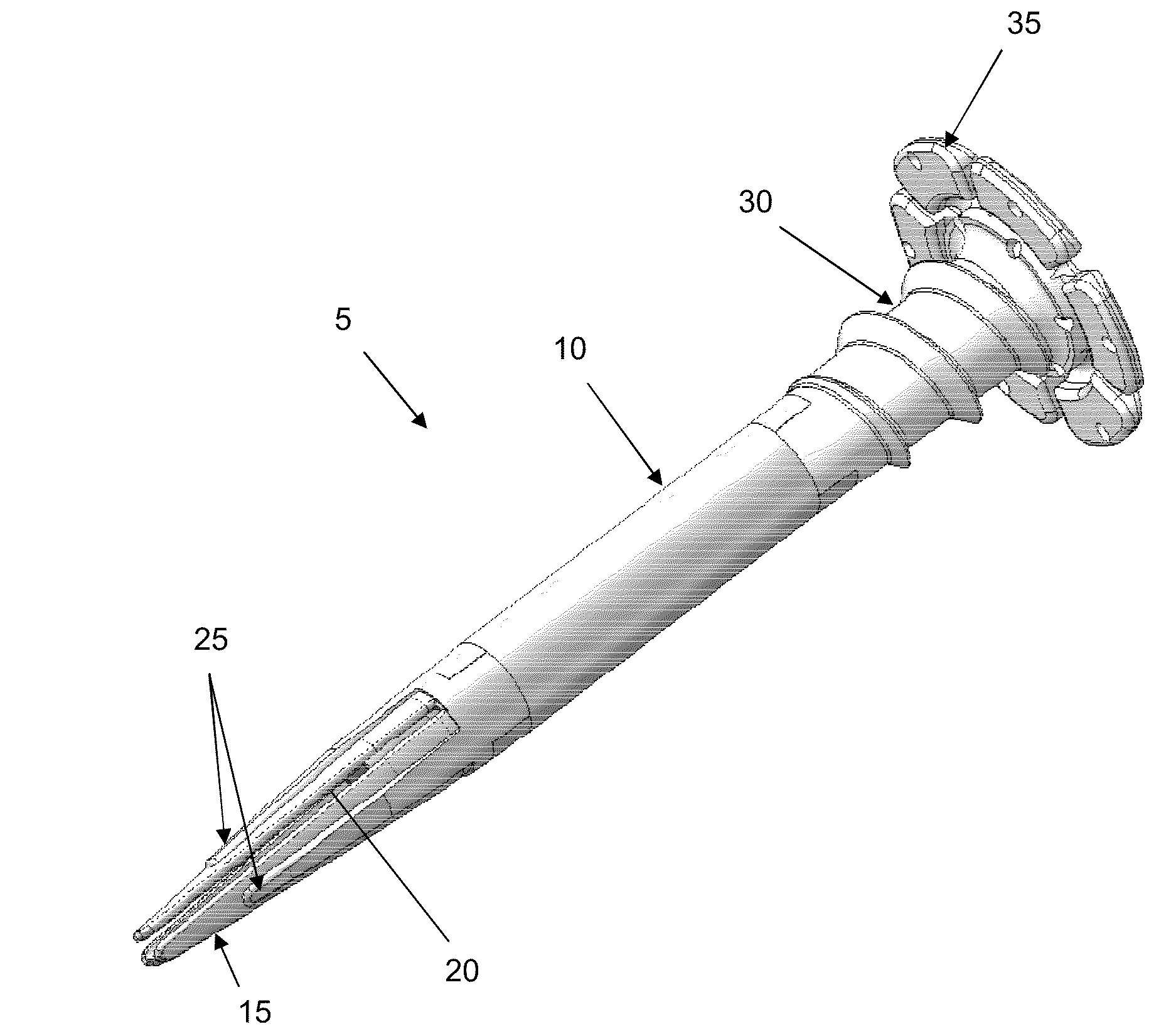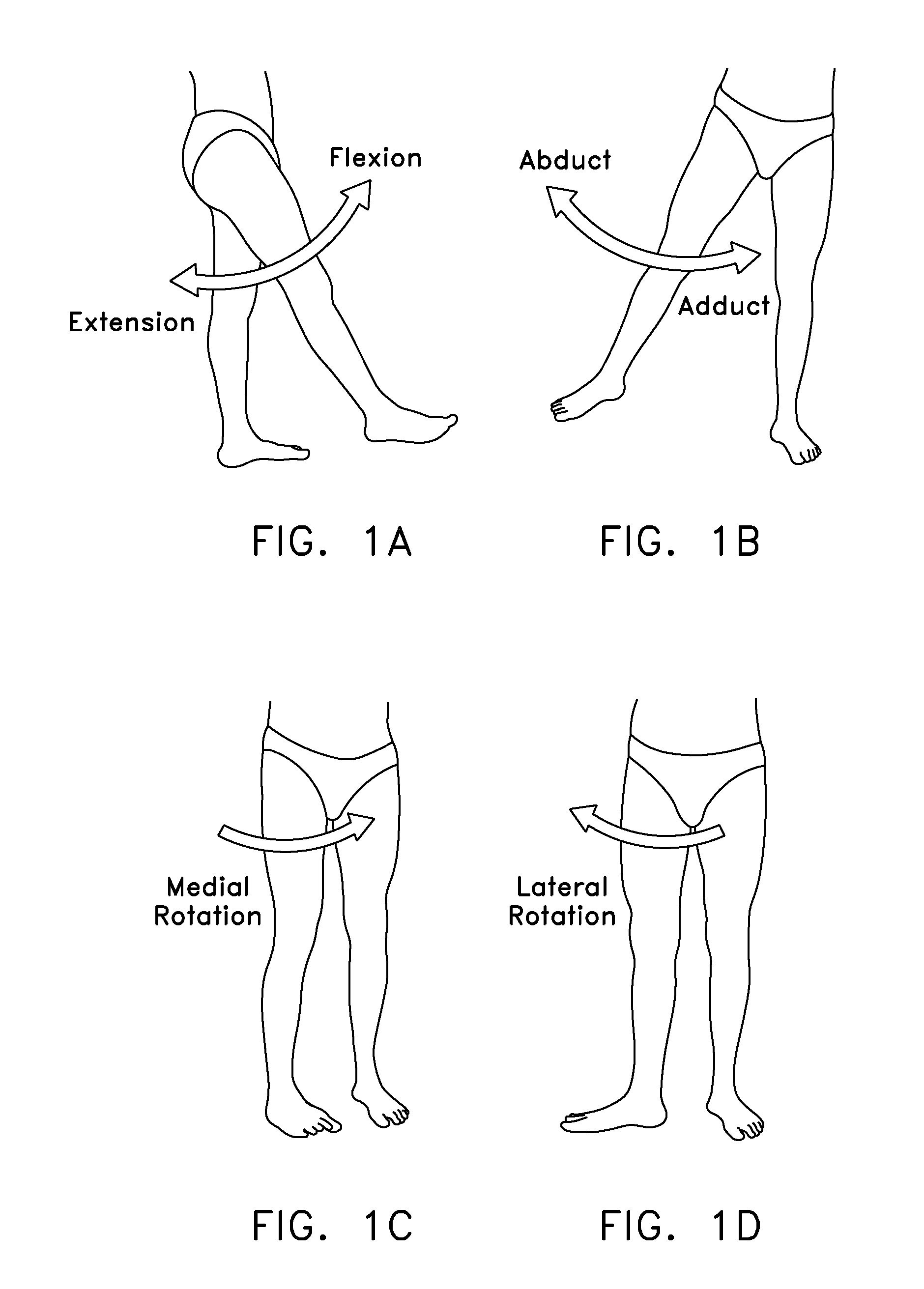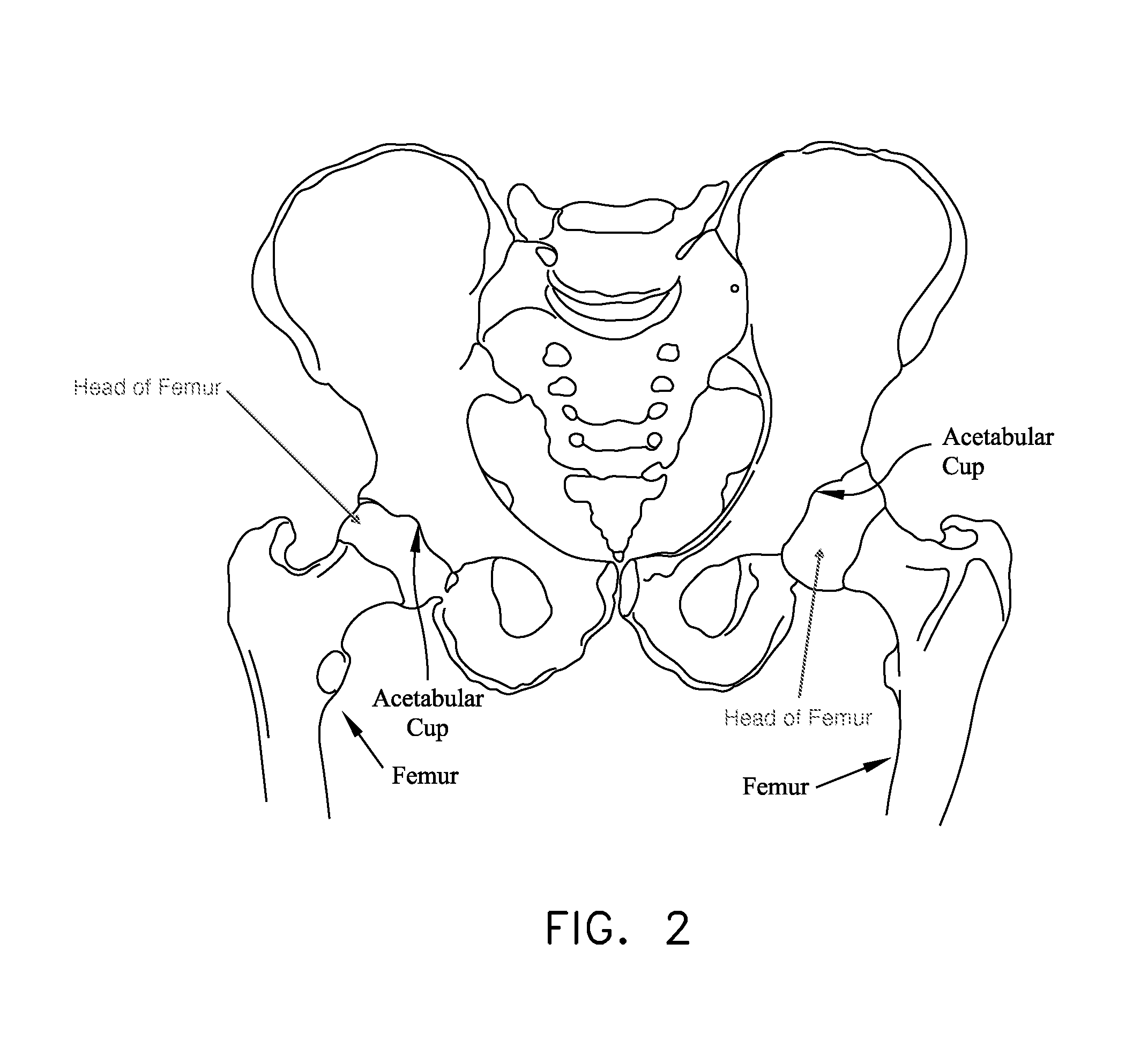Laterally-expandable access cannula for accessing the interior of a hip joint
a cannula and hip joint technology, applied in the field of hip joint surgery, can solve the problems of significant interference with patient comfort and lifestyle, pathology so severe that it is necessary to replace the hip joint in part or total, and the scope of procedures is generally limited, so as to achieve a simple, fast and convenient approach.
- Summary
- Abstract
- Description
- Claims
- Application Information
AI Technical Summary
Benefits of technology
Problems solved by technology
Method used
Image
Examples
Embodiment Construction
[0102]The present invention is directed to a novel laterally-expandable access cannula which provides a simpler, faster and more convenient approach for atraumatically providing an access portal to the interior of the hip joint.
[0103]More particularly, and looking now at FIGS. 16-18A, there is shown a novel, laterally-expandable access cannula 5 formed in accordance with the present invention. Laterally-expandable access cannula 5 generally comprises a tubular body 10 having a tapered distal end 15 (FIGS. 16 and 17) characterized by a plurality of longitudinally-extending slits 20, whereby to define a plurality of distally-converging fingers 25. Preferably, the distalmost tips of fingers 25 are slightly spaced from one another, so as to accommodate a guidewire therebetween, as will hereinafter be discussed in further detail.
[0104]In one embodiment, a membrane 27 may form a boot over the fingers (FIG. 18). Alternatively, membrane 27 may span the spaces between flexible fingers 25 (FI...
PUM
 Login to View More
Login to View More Abstract
Description
Claims
Application Information
 Login to View More
Login to View More - R&D
- Intellectual Property
- Life Sciences
- Materials
- Tech Scout
- Unparalleled Data Quality
- Higher Quality Content
- 60% Fewer Hallucinations
Browse by: Latest US Patents, China's latest patents, Technical Efficacy Thesaurus, Application Domain, Technology Topic, Popular Technical Reports.
© 2025 PatSnap. All rights reserved.Legal|Privacy policy|Modern Slavery Act Transparency Statement|Sitemap|About US| Contact US: help@patsnap.com



